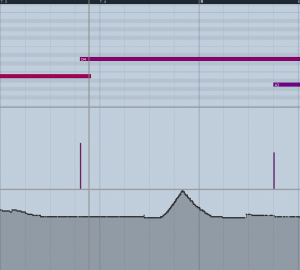jsg
Senior Member
Thanks Eloy and cmillar for your comments! I am glad you found something of value in the interview.
Best,
Jerry
p.s. CD Baby is no longer in the business of selling CDs, so I am in the process of trying to figure out how to sell my albums. If you are interested in purchasing one with a "VI Forum Discount", please contact me directly.
Best,
Jerry
p.s. CD Baby is no longer in the business of selling CDs, so I am in the process of trying to figure out how to sell my albums. If you are interested in purchasing one with a "VI Forum Discount", please contact me directly.







